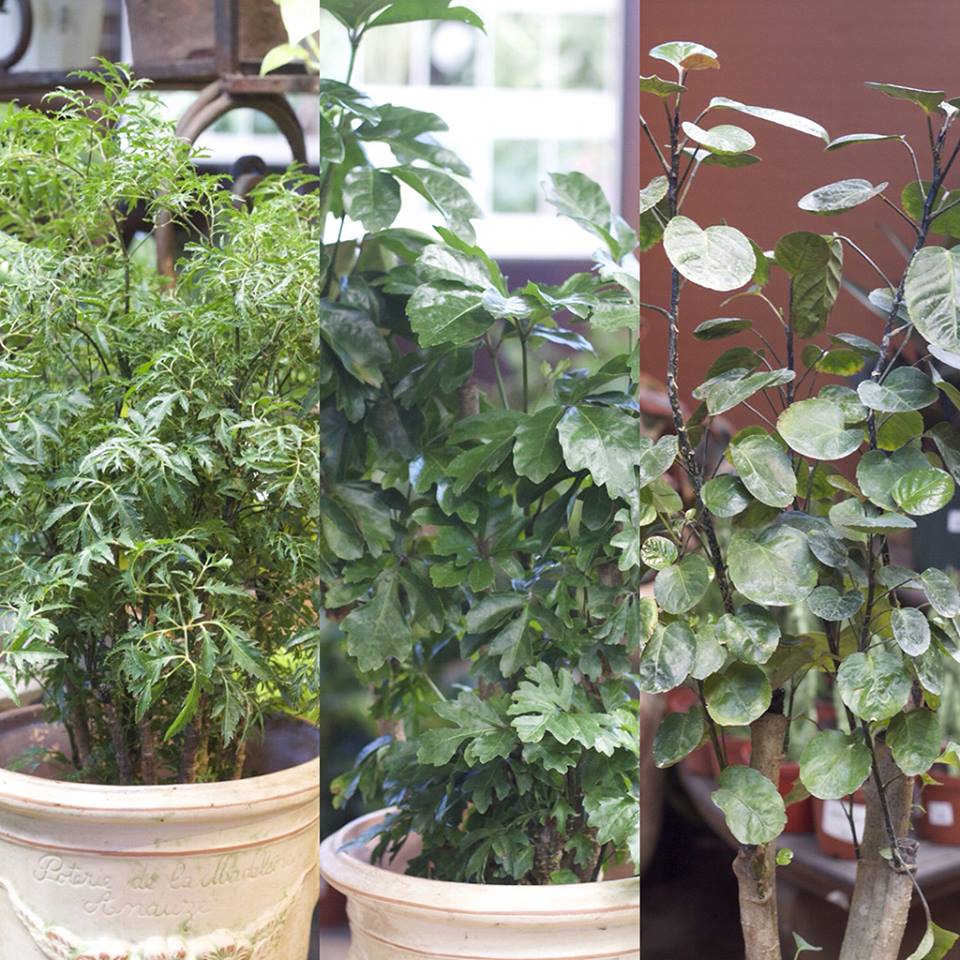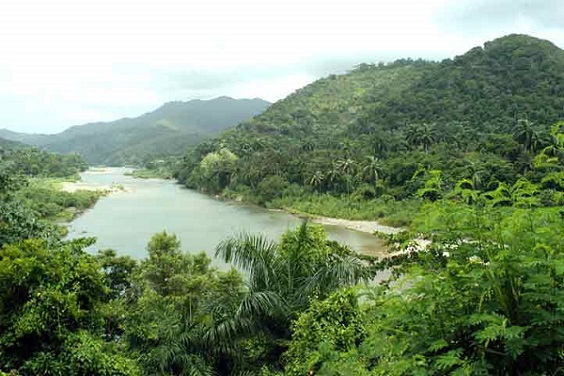A good number of authors assure that the Greater of the Antilles possesses an approximate number of species that oscillates no less than between seven thousand and seven thousand five hundred. These figures make it the island with the highest number of species per square kilometer, or what is the same, in the archipelago with the greatest wealth in planetary plants.
However, despite the great importance and uniqueness of its valuable flora, the Cuban archipelago is the second insular territory with the highest level of extinction in the world. Its forest cover decreased by more than 80%, mainly due to the exploitation that for about five hundred years, after the fifteenth century, Cuban forests have suffered because of agricultural and forestry development.
Suffice it to say that you understand the consequences of this serious situation, which in 2005 was considered that, of all the national species that had become extinct, 73% lived in forested places.
Among the main threats, however, are deforestation, fragmentation, afforestation and biological invasions.
Which provinces of the country have the greatest number of threatened species? The ones with the greatest amount and variety of plants treasure: Pinar del Río, Holguín, Santiago de Cuba and Guantánamo. The municipality with the most plants in danger of extinction is Baracoa.
According to the statistics of “The red list of the flora of Cuba”, the country has the largest number of endangered species in the world. On the other hand, it is clarified in the research, that there are few islands that have made such an exhaustive study of their plants in danger of extinction, for this reason the correct thing would be to affirm that the archipelago is the one that has the greatest number of floristic species in risk of which there are references today.
The mere fact of being island makes the species that live on the island vulnerable, but it is undoubtedly human activities that affect the increase in disappearance rates. That is why it is essential that Cuban society be aware of the fragility of the flora of the country and how important it is to do everything necessary to conserve it.
Important steps in this path are the fact that almost 74% of the threatened flora of Cuba is being preserved in the National System of Protected Areas, as well as the environmental education programs that are developed in the communities.
Here are two examples of plants in critical danger of extinction: the Cuban species of the genus Aralia, the rex and the duplex. There were only two individuals in the country, one in Topes de Collantes and another in Viñales. Thanks to the deployment of a conservation strategy today in both places there are six plants and they continue to reproduce.
Another case is that of Coccothrinax borhidiana, local endemic, exclusive of coastal xeromorphic thicket located between Punta Guano and Punta Seboruco, in the western area of Matanzas Bay. A project to conserve it managed to achieve seven copies that are in the Botanical Garden of that province.
CUBA, LA ISLA CON LA MÁS RICA FLORA DEL PLANETA, TAMBIEN LA DE MÁS ESPECIES AMENAZADAS.
Un buen numero de autores aseguran que La Mayor de las Antillas posee un número aproximado de especies que oscila nada menos que entre siete mil y siete mil quinientas. Estas cifras la convierten en la isla con mayor cantidad de especies por cada kilómetro cuadrado, o lo que es igual, en el archipiélago con mayor riqueza en plantas a nivel planetario.
Sin embargo, a pesar de la gran importancia y singularidad de su valiosa flora, el archipiélago cubano es el segundo territorio insular con mayor nivel de extinción del mundo. Su cobertura boscosa disminuyó en más de un 80%, debido fundamentalmente a la explotación que por alrededor de quinientos años, después del siglo XV, han sufrido los bosques cubanos a causa del desarrollo agrícola y forestal.
Baste decir para que entiendas las consecuencias de esta grave situación, que en 2005 se consideraba que, de todas las especies nacionales que se habían extinguido, un 73% vivían en lugares boscosos.
Entre las principales amenazas, en cambio, prevalecen la deforestación, fragmentación, forestación y las invasiones biológicas.
¿Qué provincias del país poseen la mayor cantidad de especies amenazadas? Las que mayor cantidad y variedad de plantas atesoran: Pinar del Río, Holguín, Santiago de Cuba y Guantánamo. El municipio con más plantas en peligro de extinción es Baracoa.
Según las estadísticas de “La lista roja de la flora de Cuba”, el país posee el mayor número de especies amenazadas del orbe. En cambio se aclara en la investigación, que son escasas las islas que han hecho un estudio tan exhaustivo de sus plantas en peligro de extinción, por tal razón lo correcto sería afirmar que el archipiélago es el que cuenta con el mayor número de especies florísticas en riesgo de los que hoy se tienen referencias.
El solo hecho de ser insulares hace vulnerables a las especies que habitan en isla, pero sin dudas son las actividades humanas las que inciden en el aumento de las tasas de desaparición. Por eso es indispensable que la sociedad cubana tome conciencia de la fragilidad de la flora del país y de cuán imperioso es hacer todo lo que sea necesario para conservarla.
Importantes pasos en este camino son el hecho de que casi el 74% de la flora amenazada de Cuba esté siendo preservada en el Sistema Nacional de Áreas Protegidas, así como los programas de educación medioambiental que se desarrollan en las comunidades.
Aquí te van dos ejemplos de plantas en peligro crítico de extinción: las especies cubanas del género Aralia, la rex y la duplex. Existían solo dos individuos en el país, uno en Topes de Collantes y otro en Viñales. Gracias al despliegue de una estrategia de conservación hoy en ambos lugares existen seis plantas y se siguen reproduciendo.
Otro caso es el de la Coccothrinax borhidiana, endémica local, exclusiva del matorral xeromorfo costero localizado entre punta Guano y punta Seboruco, en la zona occidental de la bahía de Matanzas. Un proyecto para conservarla consiguió que se lograran siete ejemplares que se encuentran en el Jardín Botánico de esa provincia.
Agencies/CiberCuba/Various/Internet Photos/Arnoldo Varona/TheCubanHistory.com
THE CUBAN HISTORY, HOLLYWOOD.
Comenta










